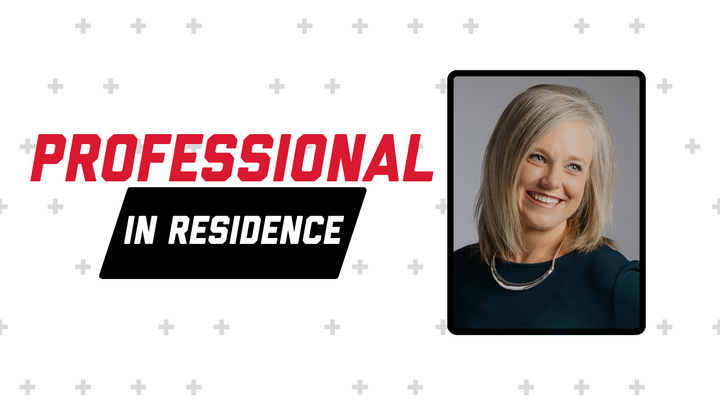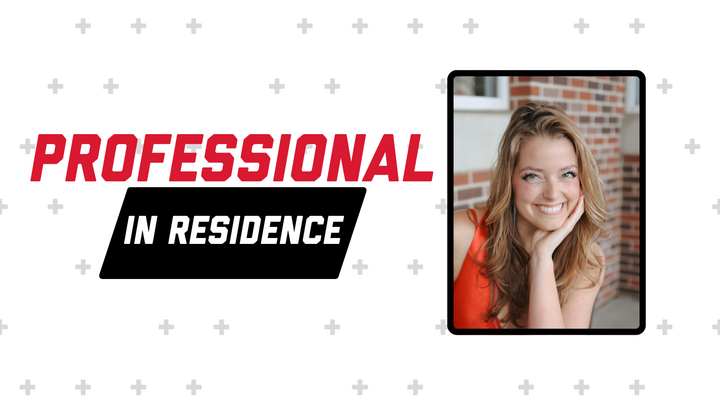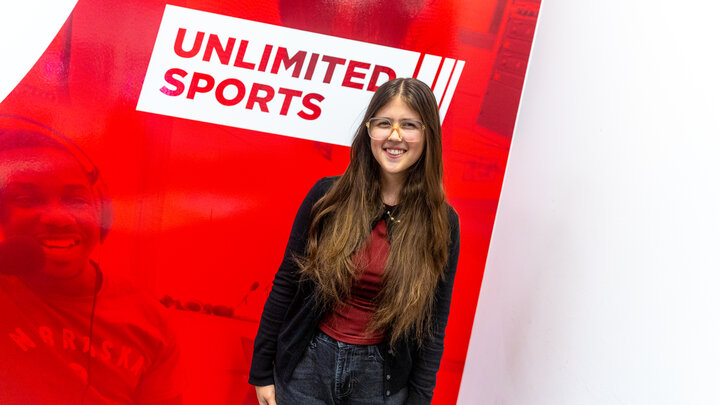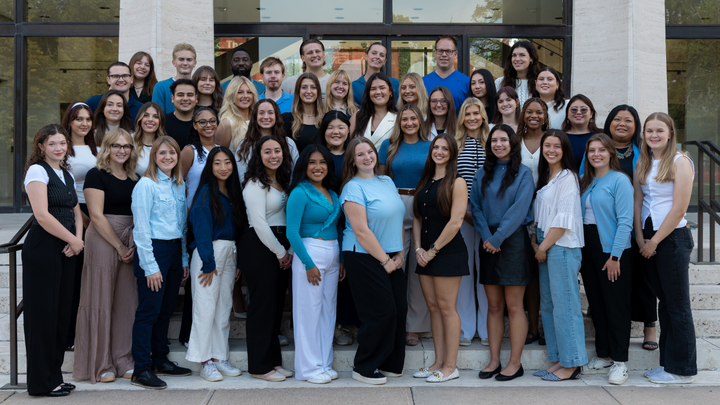At a moment when higher education faces financial scrutiny, the University of Nebraska–Lincoln’s College of Journalism and Mass Communications has become an example of efficiency. The college manages to stretch its resources further, not by cutting corners, but by operating as a single faculty body without departments.
It is lean by necessity but impressive by design. Four majors — advertising and public relations, broadcasting, journalism, and sports media and communication — share a common core curriculum. Faculty teach across programs instead of being walled off in silos, and staff provide centralized support rather than duplicating roles in separate departments. The result is a structure that operates like a well-tuned machine, producing outcomes far beyond what its size or budget might suggest.
This is not just efficiency for efficiency’s sake. The college’s lean structure serves its students, strengthens its connection to Nebraska’s industries, and raises UNL’s national reputation.
CoJMC’s numbers speak for themselves. In 2024–25, the college supported 32 majors per faculty line, nearly 20 per total FTE, and an astonishing 107 majors per staff member. These figures far outpace the university’s averages. Instruction is equally efficient: each faculty line generated more than 500 student credit hours, while each staff member supported close to 1,800. In financial terms, the college teaches at the lowest cost per credit hour on campus, just $256. The cost per major, $4,272, and the cost per enrolled student, $5,230, are also the lowest at the university.
| Metric | CoJMC | Campus Average |
| Majors per faculty line | 32 | 12 |
| Majors per staff line | 107 | 18 |
| Student credit hours per faculty line | 534 | 360 |
| Budget per credit hour | $256 | $394 |
| Budget per student | $5,230 | $10,547 |
These numbers alone could be the story. But what makes CoJMC remarkable is that its efficiency amplifies student achievement instead of diminishing it.
The college is home to more than 1,300 majors, making it a popular destination for undergraduates. Headcount enrollment dipped during the pandemic, as it did across higher education, but unlike many colleges, CoJMC bounced back quickly. From 1,137 students in 2020, enrollment steadied at 1,010 in 2022 before climbing again to 1,100 in fall 2025.
Retention and graduation outcomes show the same strength. First-year retention has averaged above 88 percent between 2020-2021 and 2024-2025, routinely among the best at UNL. In some years, more than nine in ten students returned for their sophomore year. Graduation rates tell a similar story. Four-year completion has regularly surpassed 60 percent, while five-year rates average above 75 percent and six-year rates are among the university’s leaders. In other words, CoJMC doesn’t just enroll students efficiently, it helps them succeed.
| Student Success Metrics | CoJMC | Campus Average |
| First Year Retention Rate (Fall 2024 Cohort) | 87.9% | 85.7% |
| Four-Year Graduation Rate (Fall 2021 Cohort) | 61.6% | 51.9% |
| Five-Year Graduation Rate (Fall 2020 Cohort) | 73.0% | 61.4% |
| Six-Year Graduation Rate (Fall 2019 Cohort) | 79.4% | 67.0% |
Part of that success comes from a commitment to experiential learning that is unmatched on campus. In 2021, the college launched the Experience Lab, a bold move that made applied learning required in the curriculum. Every student spends three semesters working in one of the college’s media outlets or agencies, logging at least five hours per week. By the time they graduate, students leave not only with classroom knowledge but with portfolios, professional references, and real-world experience.
The growth has been dramatic. The Experience Lab started with just 56 students in its first semester. By spring 2025, more than 530 were enrolled. Eleven faculty serve as liaisons to connect coursework with practice, while 60 professionals from 42 local agencies and outlets volunteer as mentors, together donating more than 5,000 hours of their time. Along the way, nearly 70 students have stepped into leadership positions as Matousek Scholars, gaining more than 16,800 hours of supervisory experience.
This kind of impact would be difficult to sustain in a siloed structure. CoJMC’s integrated design makes it possible. Faculty teach across programs, so students in sports media learn writing from journalism professors, while advertising students sharpen video skills with broadcasting faculty. Staff support the lab as a whole rather than maintaining separate units. Efficiency becomes the foundation that allows every student to graduate with meaningful, hands-on preparation.
The college’s lean approach has also built credibility with donors and industry partners. Between 2015–2020 and 2021–2025, CoJMC increased its five-year fundraising totals by 206 percent. Since the launch of the "Only in Nebraska" comprehensive campaign, more than $15.4 million has been directed toward scholarships, student success, faculty and staff professional development and infrastructure, including The Agency, Don and Lorena Meier Television Studio and a planned renovation of 90.3 KRNU. Alumni and friends have made these investments because they see the results: a program that operates efficiently while producing national award winners and career-ready graduates.
That external confidence is echoed in national recognition. CoJMC students regularly rank among the nation’s best in the Hearst Journalism Awards, bring home Edward R. Murrow Awards for broadcasting, and earn honors from the American Advertising Federation, Public Relations Society of America and the Society of Professional Journalists. That record of achievement is backed by continuous accreditation from the Accrediting Council on Education in Journalism and Mass Communications, a standard the college has met since 1954 and one no other Nebraska program can claim. Together, awards and accreditation reinforce a reputation built on both efficiency and excellence.
Even in research, historically a smaller part of CoJMC’s mission, given its professional focus, the college is proving that growth can happen on a lean foundation. Since 2020, faculty publications have increased by 250 percent, external funding is up more than 500 percent, and grant applications have surged by more than 80 percent. The opening of the Social and Traditional Media Analytics and Research Tools (SMART) Lab in 2024 positions the college to compete for larger external grants and expand its research partnerships. What makes this trajectory striking is that it has happened without adding new faculty lines. Professors of practice and tenure-track faculty together balance teaching, advising, mentoring, and research, another demonstration of how much the college extracts from every resource.
Put together, the story is clear: the College of Journalism and Mass Communications operates with a level of efficiency that most colleges only aspire to, and it does so while strengthening student success, attracting donor investment, building national reputation, and expanding research. The numbers are compelling, but the design behind them matters even more. Four majors, bound by a shared curriculum, taught by faculty who move across programs, supported by centralized staff, and powered by a required experiential learning model. That is what makes CoJMC efficient.
Efficiency here is not about scarcity. It is about intentional design that maximizes opportunity. At a time when higher education is searching for ways to serve students while controlling costs, the college offers proof that it can be done. It is lean, it is effective and it is a story worth telling.




